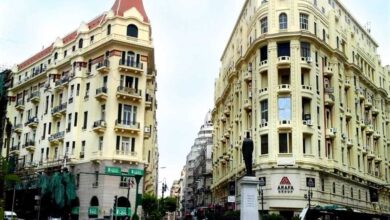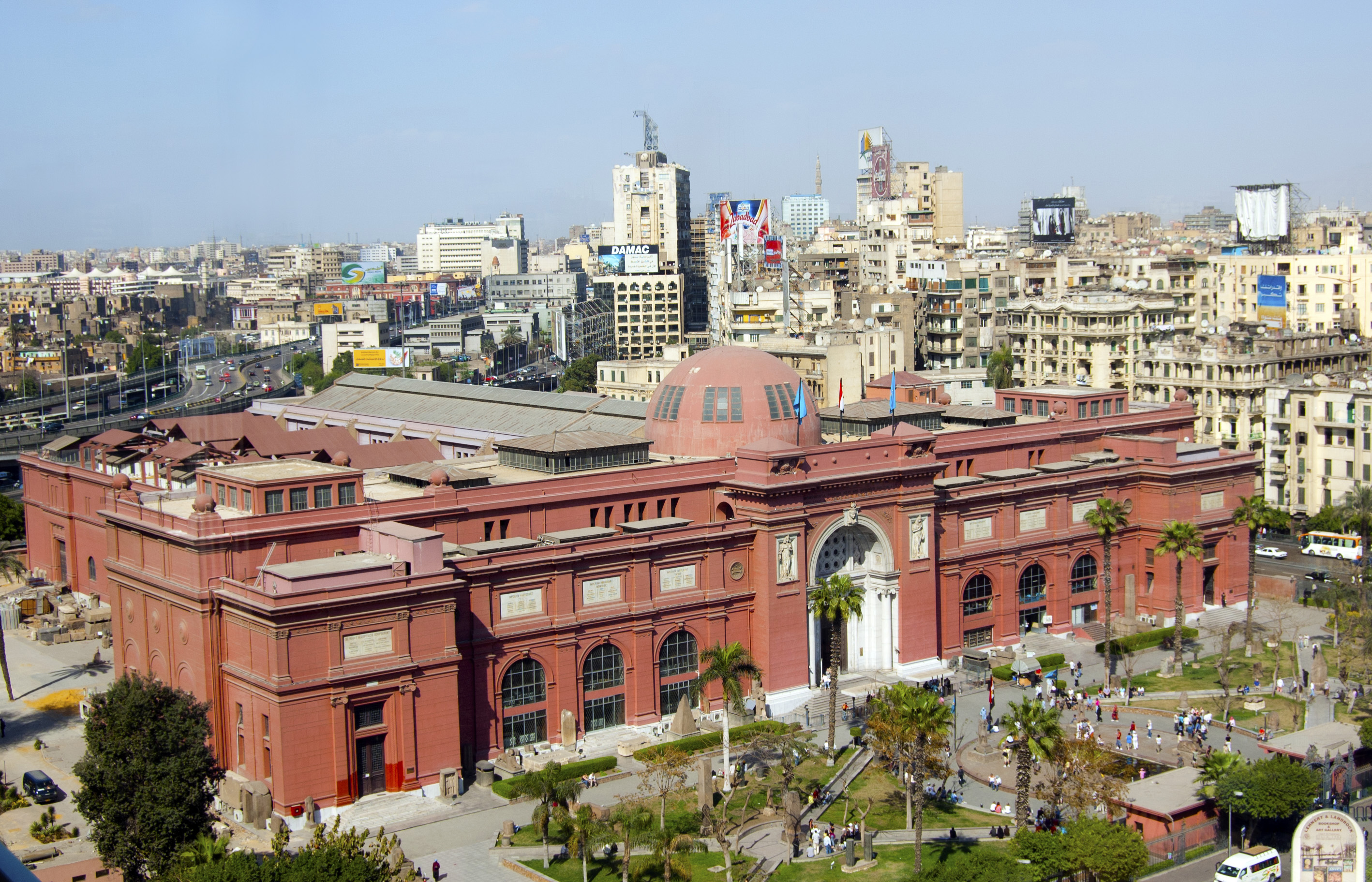After eight years spent trying to break into the music business, it took less than two weeks for Ramy Essam to go from being a struggling artist to the celebrated “Singer of the Revolution”, a title last bestowed upon singing legend Abdel Halim Hafez during the revolution of 1952.
“In 12 days, my life was completely altered,” said the 27-year-old singer. “I always dreamed of singing to an audience of millions, but I didn’t expect it to happen that soon."
From 31 January until the resignation of former President Hosni Mubarak on 11 February, Essam was a resident of Tahrir Square, entertaining and motivating protesters with his songs. Protesters felt connected to Essam’s music; he was, after all, one of them, and his songs echoed their feelings and demands.
“I came to the square as a protester. I brought my guitar with me by chance. Then I thought that songs could sooth and motivate protesters, and that’s why I started singing in the square,” said Essam, who joined the protests in Tahrir after participating in similar demonstrations for a week in Mansoura, where he is from.
When Essam started singing in a corner of the square, he was surprised to find his fellow protesters huddling around him to hear his songs. The next day, when stages were set up, Essam’s performances became daily treats that protesters could look forward to. Essam began composing new songs to match the developments of the revolution. He also gathered the revolution’s main slogans into a song to commemorate them.
“Every time a new development happened, I would hide out in a corner to compose a song about it and then take to the stage and sing it,” said Essam.
After the meager concessions given in Mubarak’s second speech, the more steadafast protesters began to be discouraged by others who felt the former president had done enough and they should all abandon the square. Essam composed a song to try to get people to stay, and it worked.
“I was disappointed and I didn’t want to sing, but people told me you have to sing to cheer us up. After I sang, we decided to continue our fight and to act as if the speech hadn’t happened,” said Essam.
On Wednesday, 2 February, when Tahrir protesters were attacked by thugs on camels and horses, Essam switched gears from artist to protester.
“Up till then I was just an artist for Tahrir protesters, but that day I took part in the confrontations. I put my guitar down and the only thing on my mind was to protect the square and protect our revolution. This won me more credibility with the people,” said Essam.
Essam took to the stage the next day, and with bandages covering the injuries on his mouth and head — and with most of his audience also covered in bandages — he sang.
“Singing in the square was different than anything I’ve experienced. I had never sung with that sincerity, and I had never received such a response from a public that feels everything I’m saying,” said Essam.
Essam’s sudden popularity came with a price. After withstanding attacks from police and thugs during the revolution, Essam reported having been tortured by the military after they swept the remaining protesters from the square on 9 March.
But that didn’t stop him from performing again in Tahrir last Friday, where he received a champion’s welcome, bravely recounting his ordeal with the military and singing the same songs that got him in trouble.
“I was tortured worse than the others. I feel as though they were punishing me for being called the ‘Singer of the Revolution,’” Essam said. “But I’m better now, and I want to thank them for making me stronger.”




